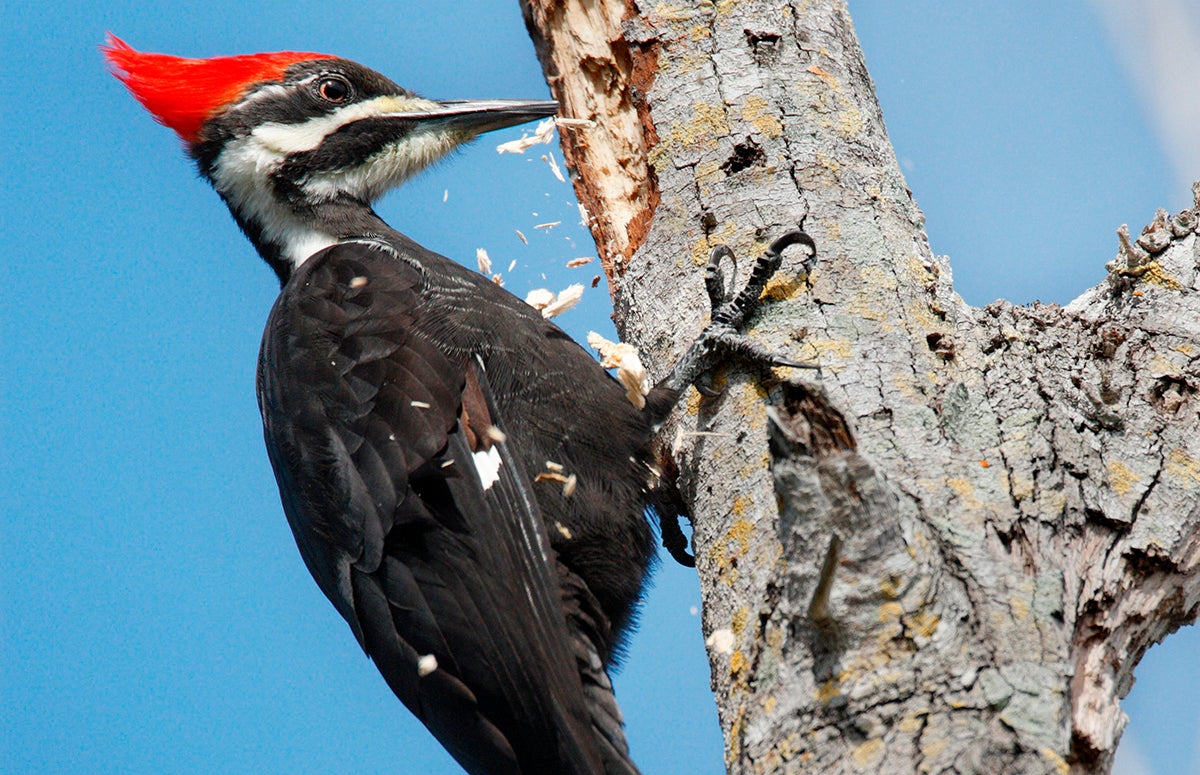Woodpeckers in Florida Populace: Variety Summary and Preservation
Woodpeckers in Florida Populace: Variety Summary and Preservation
Blog Article
Introducing the Secrets of Woodpeckers: Behavior, Environment, and More
Woodpeckers, with their special behaviors and specialized adjustments, have actually lengthy captivated researchers and nature lovers alike. By revealing the mysteries surrounding woodpeckers' habits and habitat options, a much deeper understanding of these avian marvels emerges, providing a look into their fascinating globe.
Woodpecker Habits Insights
In analyzing woodpecker habits, an interesting display of specialized skills and adaptations emerges, shedding light on their impressive ecological niche. Woodpeckers, known for their distinct drumming on trees, have a selection of behavioral traits that add to their survival and success in their atmosphere.
Moreover, woodpeckers show an unique feeding actions identified by their capability to extract bugs from tree bark using their specialized beaks. Their lengthy, barbed tongues help in catching victim, while their strong neck muscles give stability and precision during pecking movements. This feeding approach permits woodpeckers to access hidden insect larvae and extract them with exceptional efficiency.
Habitat Preferences and Option
What aspects affect the habitat preferences and choice of woodpeckers? Woodpeckers are extremely adaptable birds known to live in different atmospheres worldwide. Nevertheless, they do display choices for certain habitat qualities. One essential aspect affecting woodpecker environment choice is the availability of appropriate nesting sites. Woodpeckers commonly like woodlands with a mix of fully grown trees that provide adequate chances for tooth cavity excavation. These tooth cavities work as vital nesting and roosting sites for woodpeckers and are essential for their breeding success.
Additionally, woodpeckers show a choice for habitats with a plentiful supply of food resources. They are largely insectivorous, feeding upon beetles, ants, larvae, and other insects discovered in decaying timber or tree bark. Woodpeckers have a tendency to prefer wooded areas with a varied insect populace to fulfill their dietary needs.
Furthermore, the presence of dead or decaying trees is one more crucial consider woodpecker environment selection. These trees not only offer food sources but additionally offer ideal substratum for cavity excavation. Dead trees are important for the upkeep of healthy and balanced woodpecker populaces, as they wikipedia reference play an important function in the woodpeckers' life cycle and community dynamics.
Feeding Routines and Diet Composition
Woodpeckers demonstrate a specialized feeding behavior focused on foraging for pests within different habitats. Their diet regimen mainly contains pests such as beetles, ants, caterpillars, and spiders, which they find by touching on tree bark and listening for the audio of movement inside. Woodpeckers utilize their solid beaks to drill right into the timber and their long, barbed tongues to draw out victim from crevices. In enhancement to pests, woodpeckers likewise consume tree sap, fruits, nuts, and seeds, including range to their diet plan depending upon the period and schedule of food resources.
The foraging techniques of woodpeckers are well-adapted to their arboreal way of life. Woodpeckers play an important duty in preserving the health and wellness of forests by regulating insect populations and assisting in the decay of wood.
Drumming Seems and Interaction
Using quick drumming noises on various surfaces, woodpeckers employ an unique kind of interaction to signify area boundaries and draw in companions. This drumming habits is not just a way of interaction but likewise works as a means for woodpeckers to develop their visibility within a certain area. The intensity, rate, and pattern of the drumming can communicate crucial info to various other woodpeckers around.
Woodpeckers make use of drumming sounds to reveal their presence in an area and to caution off prospective intruders. The loud and recurring useful reference nature of the drumming acts as a clear signal to various other woodpeckers that the area is already asserted. This assists in minimizing problems and lessening physical confrontations in between individuals.

Survival Adaptations and Specialized Makeup

Verdict
To conclude, woodpeckers show unique behaviors, such as drumming noises for communication, and have specialized anatomy for survival in their selected environments. Their feeding practices and diet regimen make-up even more demonstrate their versatility to different settings. By comprehending these facets of woodpeckers, researchers and conservationists can better protect and protect these fascinating birds and their ecological communities.
Report this page